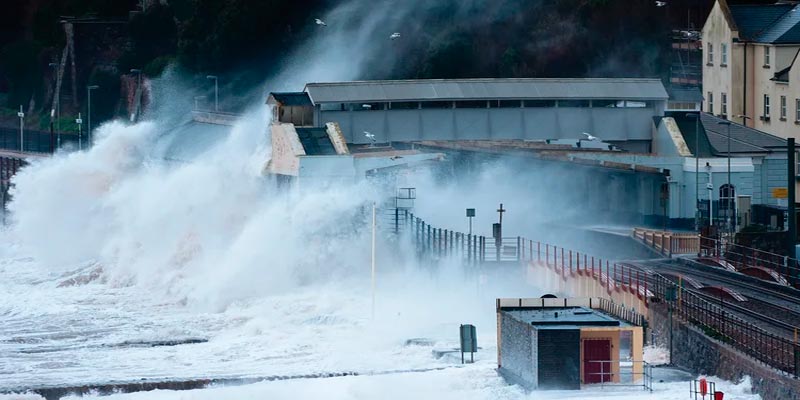PERILS has disclosed its third insurance industry loss estimate for the floods and storms caused by low-pressure systems Babet (Viktor) and Aline (Wolfgang) over the British Isles and northwestern Europe during 18 to 22 October 2023.
The new industry event loss figure, provided in the form of a detailed industry loss footprint, is EUR 691 million.
This figure compares to PERILS’ previous loss estimates of EUR 683 million which was released on 22 January (3 months after the event), and EUR 509 million which was released on 4 December 2023 (six weeks after the event).
These loss estimates cover the property line of business and are based on loss data collected from the affected insurance markets which include Ireland, the United Kingdom, Germany, Denmark and Norway. With GBP 474 million, the majority of the losses occurred in the UK and were mainly flood-related.
A final update of the market loss from the Babet-Aline Floods and Storms will be made available on 22 October 2024, twelve months after the event end date.

Low-pressure systems Babet and Aline brought heavy rains and strong winds to the British Isles and northwestern Europe, as well as record storm surge along the Baltic Sea coast in northern Germany and Denmark.
Continuous intense rainfall resulting from a stationary weather pattern led to flooding in Ireland, Scotland, Wales, and England’s Midlands and East regions.
The resulting loss to the insurance industry was dominated by these flood losses with wind losses playing a subordinate role. Storm surge damage along the coastline of the Baltic Sea in Germany and Denmark was significant but not widely covered by the insurance industry.

Luzi Hitz, Product Manager at PERILS
It has been six months since the Babet-Aline Floods and during that period many parts of Europe and particularly the UK and Ireland, have continued to experience persistent extreme wind and rainfall events
The British Isles witnessed a record number of named storm systems, many bringing extensive rainfall leading to flooding.
While the region has seen major winter floods in the past, such as the Desmond and Eva-Frank Floods in December 2015, given milder autumn and winter temperatures there is a greater capacity for water storage in the atmosphere which tends to precipitate as rain rather than snow.
It is therefore likely the warming climate will drive a rise in the frequency of winter flood events.



 by
by 


